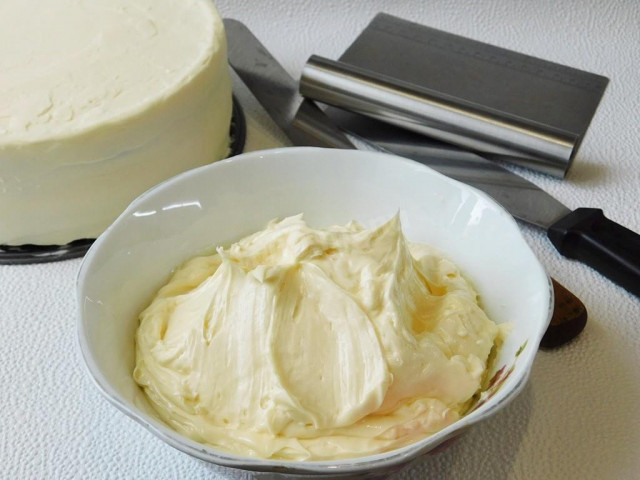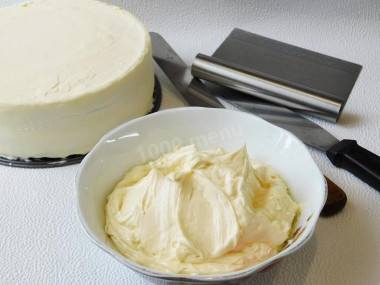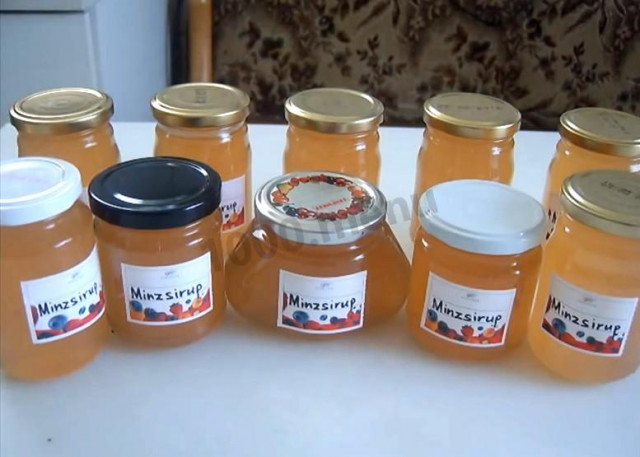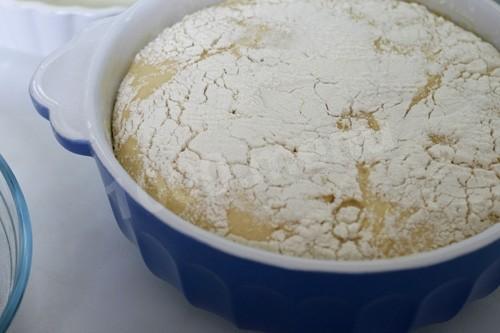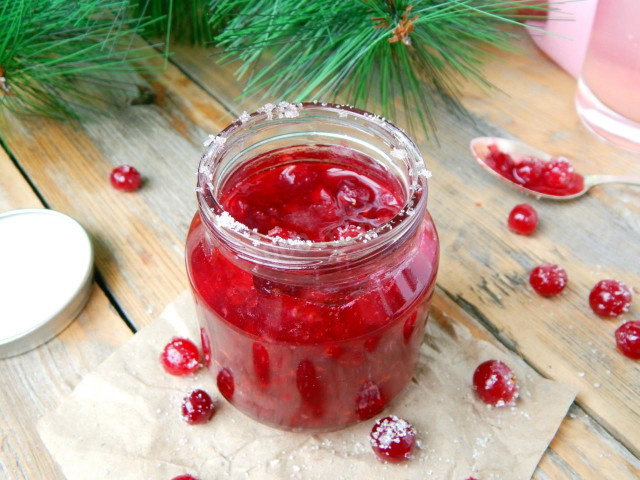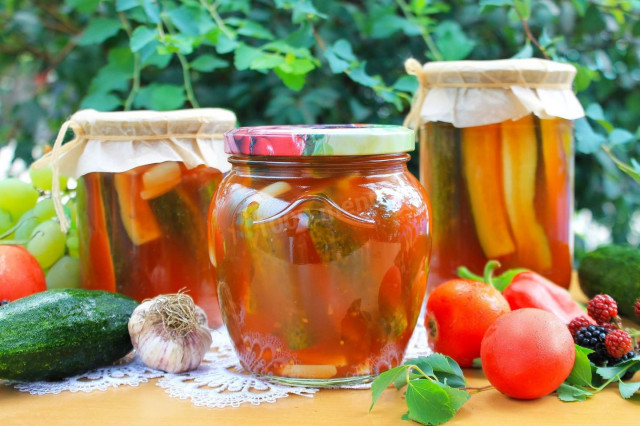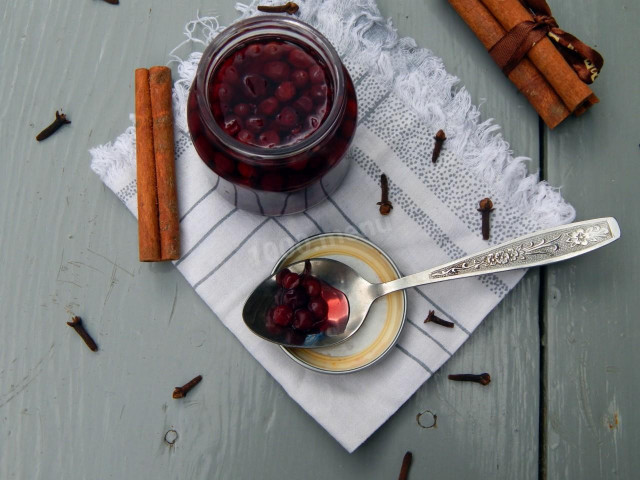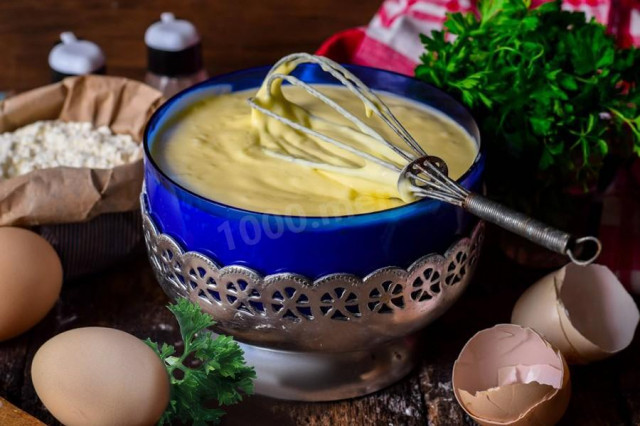Composition / ingredients
Step-by-step cooking
Step 1:
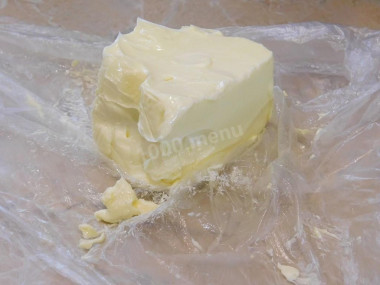
The oil must be of good quality. Use only a trusted manufacturer. Take the butter out of the refrigerator in advance and let it lie in the heat for several hours to become soft. It should be at room temperature. Otherwise it will be impossible to beat it.
Step 2:
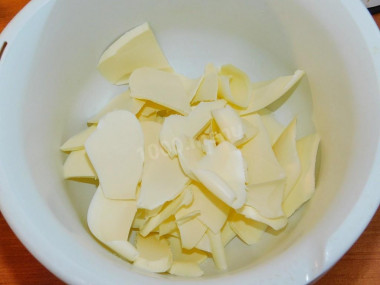
To speed up the process, you can cut the butter into small pieces with a knife and leave it to lie down. In this form, it will become soft faster.
Step 3:
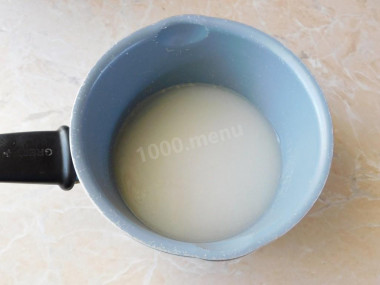
While the oil is heating, take care of the syrup. Pour the required amount of water into the ladle and pour sugar. Bring everything to a boil so that the sugar completely dissolves. Cool the finished syrup completely.
Step 4:
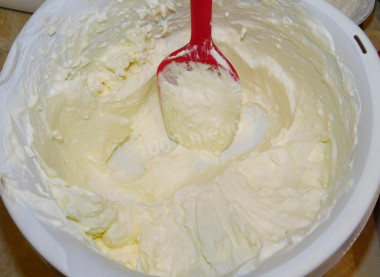
Beat the soft butter at the highest speed of the mixer until a fluffy white mass. While whipping, gradually add the cooled syrup.
Step 5:
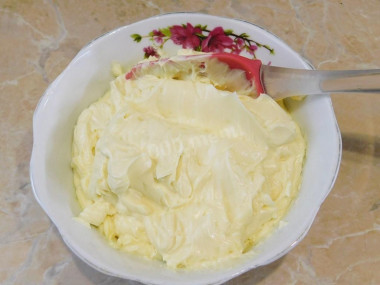
The finished cream will be very plastic and stable.
Step 6:
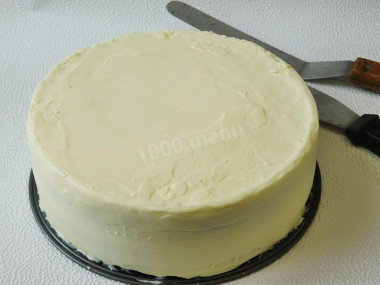
The cream is great for leveling the surface of the cake and preparing it for coating with mastic. Use the cream as intended!
Before wrapping and decorating the cake with mastic, it must be prepared. The whole cake must be coated on all sides and on top with a reliable, stable cream made on the basis of butter. The task of this cream is to smooth out all the irregularities of the cakes and prepare the cake to be covered with mastic. Cream for leveling the cake, cooked in butter, will give the cake a finished look and, with confidence, I can say that it will not flow.
This is the simplest and most stable cream, which is very popular among confectioners.
It can also be used to fill custard cakes or baskets.
Caloric content of the products possible in the composition of the dish
- Granulated sugar - 398 kcal/100g
- Sugar - 398 kcal/100g
- Butter 82% - 734 kcal/100g
- Amateur unsalted butter - 709 kcal/100g
- Unsalted peasant butter - 661 kcal/100g
- Peasant salted butter - 652 kcal/100g
- Melted butter - 869 kcal/100g
- Water - 0 kcal/100g

